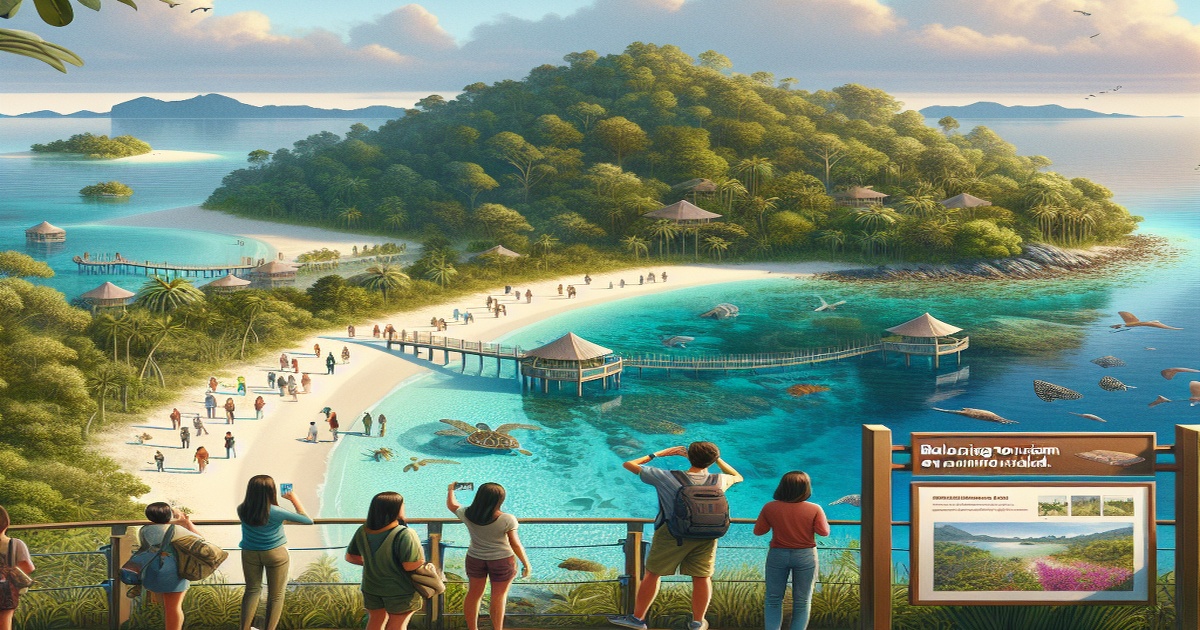The Yemeni island of Socotra, situated off the Horn of Africa, has long been isolated, allowing a unique ecosystem to flourish. Historically, visitors arrived to trade for valuable resources like frankincense, aloe, and the crimson sap of the dragon’s blood tree. Roughly the size of Long Island, Socotra's remote location, about 140 miles from Somalia, has fostered a rich biodiversity.
Socotra boasts a diverse array of wildlife, including numerous bird and animal species. Its surrounding coral reefs are teeming with marine life. A significant portion of the island's plant life, approximately one-third of its 825 species, is found nowhere else on Earth, according to UNESCO.
Conservationists, including Kay Van Damme, have likened Socotra to the Galápagos Islands, highlighting its unique evolutionary significance. Experts are warning that the island's biodiversity is under serious threat. Climate change poses the most significant threat, with prolonged droughts exacerbating damage from past cyclones.
The island's endemic frankincense trees are also facing endangerment. Overgrazing, primarily by goats, further degrades habitats, leaving behind fewer young trees to replace older ones.
Socotra's pristine beaches, turquoise waters, and unique flora attract tourists, placing additional pressure on the fragile ecosystem. While there are a limited number of hotels, a growing number of tour operators offer luxury camping and 4x4 tours. Authorities have agreed to limit the number of tourists, but violations of the UNESCO World Heritage designation occur frequently.
Some tourists engage in behaviors that harm the environment, such as building fires under trees, carving into rare trees, leaving trash, and disturbing wildlife with drones. While tourism benefits many residents, it also presents challenges. Endangered species are being harmed for photographs.
The increasing number of tourists is expected to put more pressure on the environment. The comparison to the Galápagos Islands serves as a warning, as the Galápagos have lost endemic species due to habitat disruption, overtourism, and invasive species. Without timely conservation efforts, Socotra risks a similar fate.
The Galápagos Islands have implemented strict controls to manage tourism, including visitor caps, mandatory guides, designated trails, and tourism fees. Socotra needs to implement similar protections before damage becomes irreversible.
Beyond environmental concerns, tourism is also impacting the island's social fabric. There is a cultural shift among the local population, many of whom are deeply traditional and speak Soqotri, an ancient language. Some tourists' behaviors are seen as disrespectful by the conservative residents.
Despite the challenges, there are reasons for optimism. Authorities on the island are open to collaboration, and local conservation projects are gaining traction. Community-led initiatives are vital for the island's future.







5 Comments
Eric Cartman
I fully support limiting tourism. We can’t sacrifice irreplaceable biodiversity for profits.
Stan Marsh
I hope authorities are serious about implementing strict controls before it’s too late.
Coccinella
If a few bad tourists ruin the ecosystem, maybe it's not as fragile as everyone claims.
Comandante
Let tourism flow! Humans can adapt and learn to live with nature!
Donatello
It’s heartbreaking to hear how tourism is impacting the local culture and environment. We must act!